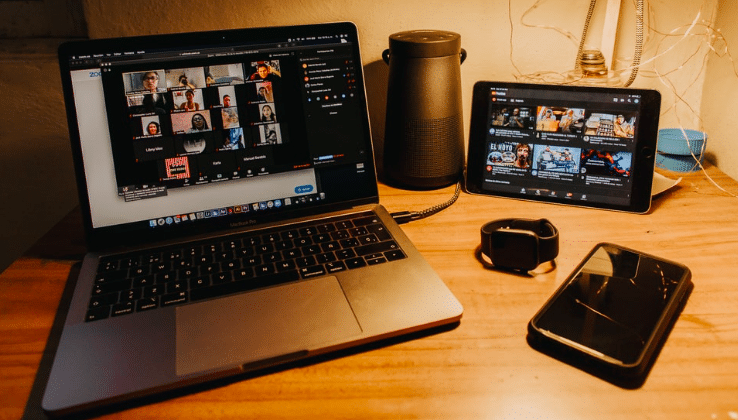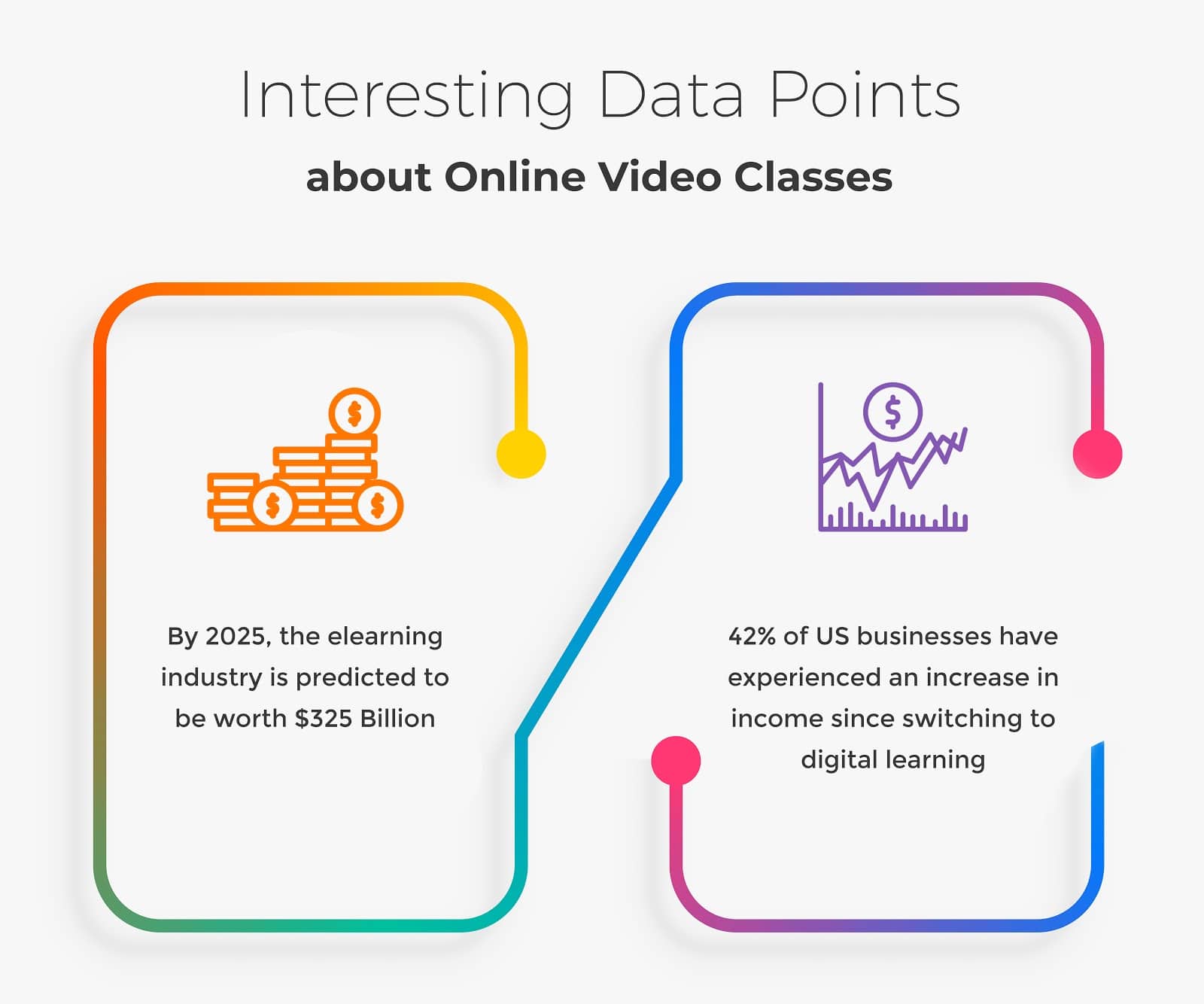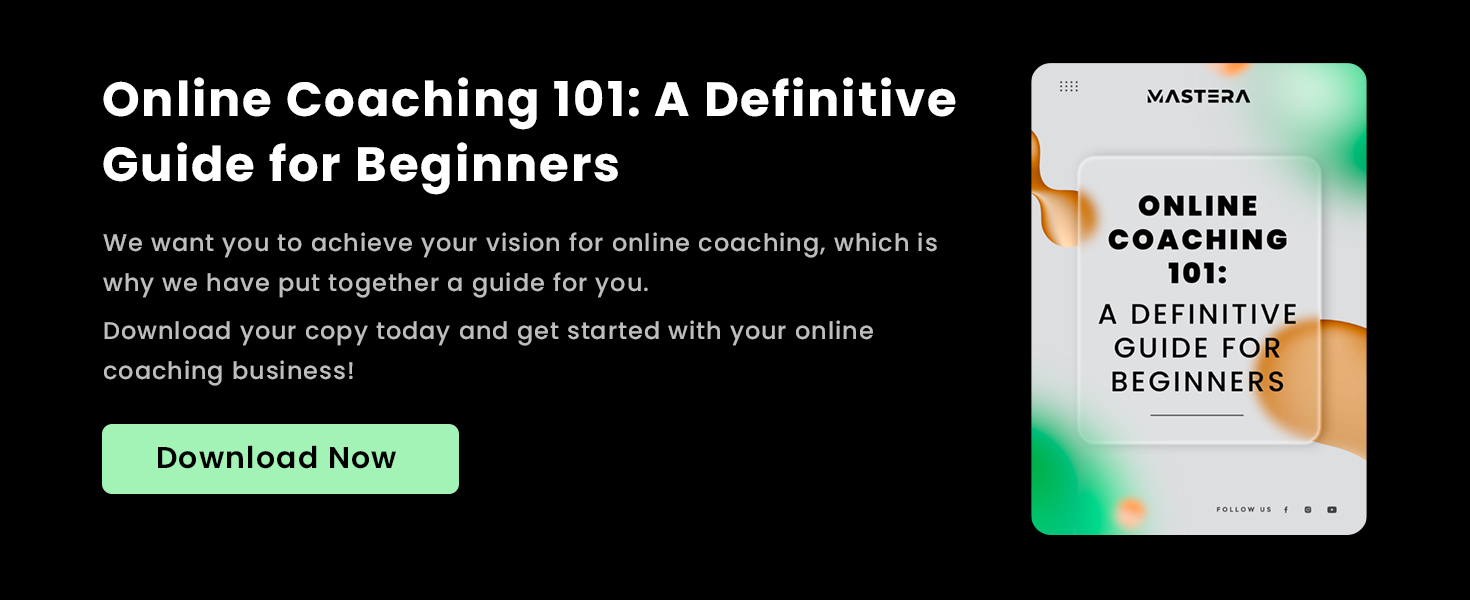When was the last time you watched a video online? Probably pretty recently, right? According to an annual report from Cisco, 78% of people watch videos every week and 55% of people watching online videos every single day.
Keep in mind, this was published just before the Covid pandemic. Imagine what those numbers look like now.
But what does this information mean to you? Well, if you are the type of person who wants to reach people online, video is one of the most engaging ways to do so. Not only that, but all indicators point to online video thriving in a post-Covid future, with millennials (the primary generation in the workforce) making up 92% of the digital video viewing audience.
Next, we’ll lay out exactly why this matters and how you can take advantage of this trend. Whether you are a personal trainer or a Spanish teacher, the time to consider video classes is now.
The future of education is online learning
Although our world has obviously been shifted due to Covid-19, the move to online learning and video classes has been on the horizon for quite some time. Due primarily to the flexibility and low-cost nature of online education, more educators and skilled professionals are turning to the web to share their knowledge with others.
If you’ve been on any major social media platform in the last four years, you can feel this seismic shift taking place as more large brands are turning to video. These brands understand that video is more engaging and can reach a larger audience, so why not take their lead and find your niche?
Next, we’ll cover in depth the different aspects of video classes that show exactly how effective it can be.
Learning in pieces
One of the best reasons to move to online video learning is that research has proven that learning in chunks makes the information more digestible and accessible. Engagement often drops off after 6 minutes and falls down even further after 9 minutes.

Unfortunately, a lot of online education hasn’t taken this into account, instead opting to produce hour-long videos that are hard to get through.
By dividing up your videos into bite-sized chunks for your audience, you can make it easier to stay engaged and help them retain the information you are trying to teach. With the right tools, you can make compelling videos that flow from one to the next to make this even more user-friendly for your audience.
Increased engagement
In addition to the increased engagement from learning in pieces, video is more engaging than text by a significant percentage. According to Insivia, viewers retain 95% of a message when they watch it in a video, compared to 10% when reading it in text.
Now think about all the work that might go into making a compelling argument through a blog or other text format, along with how that time could have been spent creating a video that makes a longer lasting impression. Moving forward, this will be a decision that educators are faced with. Why not choose the option with greater effectiveness?
Active learning leads to greater retention
All of us learn in different ways, whether it is through auditory comprehension, visual queues, or a mixture of both, we each have unique ways to assess and retain the information we are presented with. However, it has been proven time and again that video audience’s retention rates are increased on average by 3-6 times over the use of traditional training methodologies.
Not only are videos easier to engage with, but the content of your classes will stick with your audience for extended periods. This sort of effective training can be used to train employees, teach new languages, conduct workout sessions, and countless other possibilities.
Flexibility of learning environment
Finally, in addition to the above opportunities for video classes to thrive, the flexibility of the learning environment makes it easy for you to find your audience no matter where they are. One of the best ways to reach an audience is by finding them where they live. For most of us now, that is on our phones.
According to YouTube, more than 70% of all YouTube video consumption is via mobile devices, Broadbandsearch says users spend 40 minutes a day, on average, watching YouTube on mobile devices. Wyzowl says 90% of consumers watch videos on their mobile devices. And 93% of Twitter video views happen on mobile. – Optinmonster
With more people watching videos on mobile devices everyday, the potential audience for your video classes continues to expand. Once you have your content created, it then just comes down to finding the right place to put it and the right price for sharing your knowledge.
Conclusion
Our hope is that after reviewing the above information about the effectiveness of video classes that you will feel confident in your ability to create and find an audience for your teaching. No matter what industry or specialization you work within, there are people out there looking for someone like you.
All that’s left for you to do is get started.






